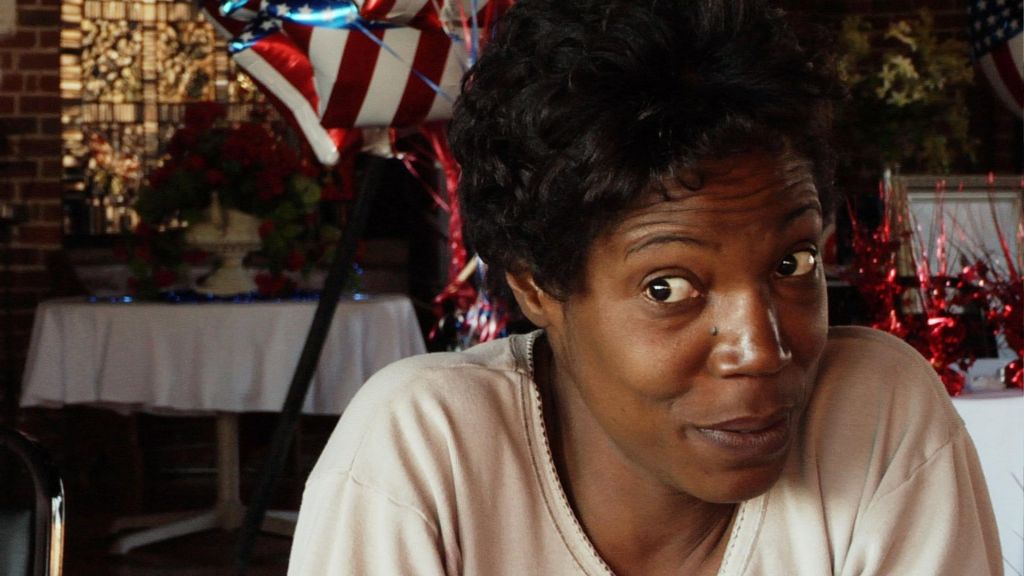Kim A. Snyder is an award-winning filmmaker who has made more than a dozen shorts and two feature documentaries. Her latest film, Welcome To Shelbyville.
In 2007, Kim co-founded the BeCause Foundation to direct and produce a series of socially conscious documentaries (Alone No Love, One Bridge to the Next, and Crossing Midnight), which have won numerous awards and been catalysts for campaigns furthering the work of the social innovators they highlight.
What impact do you hope Welcome to Shelbyville will have?
I would like the program to provoke general conversation about immigrant integration in the US, about the inter-relationship between race and immigration, and about re-evaluating our values as a nation founded by immigrants. I would like for it to reach “beyond the choir” and access mainstream Americans who might be grappling with their thoughts and emotions around this issue as well as a large immigrant population with a lot of negative narratives pervading. I would like to inspire people to become more involved in “welcoming” initiatives.
What led you to make Welcome to Shelbyville?
Some years back, I had a vision to make a series of social issue docs that would take on a number of critical issues, but highlight more positive aspects of human/community reaction to those problems. Welcome to Shelbyville evolved out of this and a partnership between a dynamic new foundation (BeCause) and Active Voice who had been immersed in issues of immigration for some time, put us in touch with policymakers steeped in the field, and helped build a campaign around the issues early on. I was interested in something that would illustrate “the anatomy” of immigrant integration in one small town and how this was representative of demographic changes taking place across the US.
What were some of the challenges you faced in making this film?
Eliciting trust from different contingents of the town simultaneously. Editorially layering the film to merge aspects of the past (racial history) with the present issues of immigrant integration.
How did you gain the trust of the subjects in your film?
Basically through listening and genuine empathy for differing points of view. I shared a mantra that integration is likely not always easy for anyone and acknowledged a likely sense of loss for all parties.
What would you have liked to include in your film that didn’t make the cut?
A scene of a first Thanksgiving between the characters, Beverly at a Civil War museum, some more in-depth references to the racial history in town — particularly the burning of the town courthouse in the 1930s.
Tell us about a scene in the film that especially moved or resonated with you.
Miguel’s backstory and feelings about being an immigrant.
The independent film business is tough. What keeps you motivated?
I suppose like children, the challenges of the next one and it’s “rearing.” The challenge of learning and improving with each new film. The excitement of being brought into new worlds and subject matter. The ability to make an impact on society.
Why did you choose to present your film on public television?
It was very important to both myself and my partners for this particular film that there be mass accessibility as I believe issues of migration and demographics are ones impacting us all as never before.
What didn’t you get done when you were making your film?
A lot of other aspects of life.
What are your three favorite films?
Tough. Among them might be Network, There Will Be Blood, Capturing the Friedmans.
What advice do you have for aspiring filmmakers?
Persistence, patience, some savings.
What do you think is the most inspirational food for making independent film?
In general, Thai. But for this film, perhaps Hawo’s Somali chicken.
